The Travels of Tug 44 |
|
European Starling |
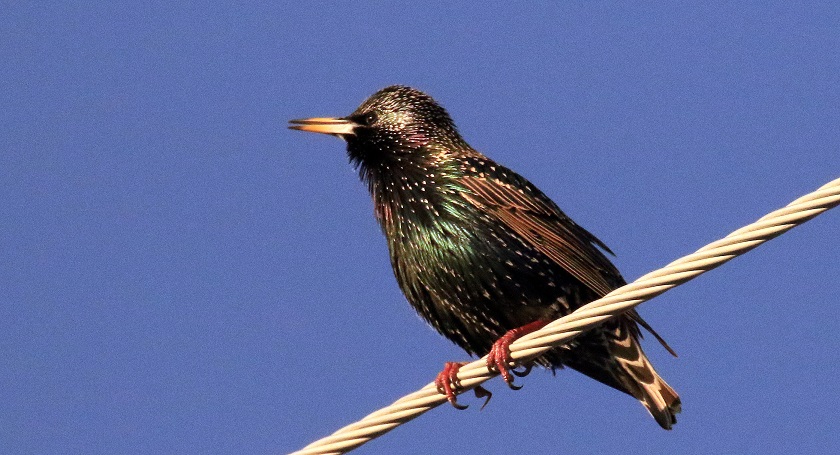 |
|
The European Starling is usually found in huge flocks, sometimes numbering over a thousand or more. high-res
|
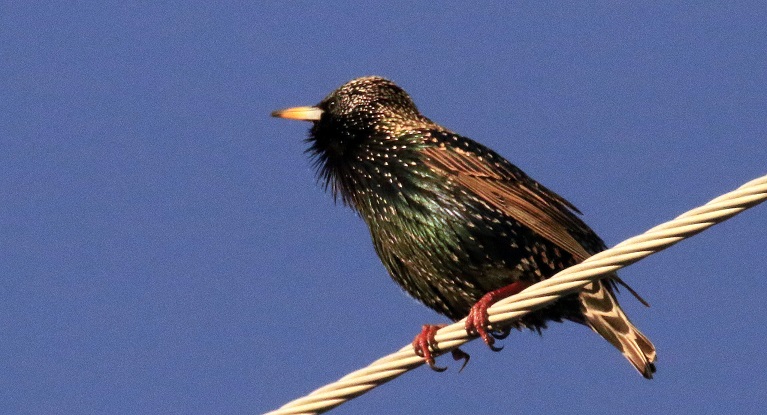 |
|
... and when they sing, they often lift their chin feathers like this. The little "stars" on their chests mostly go away during breeding season. high-res
|
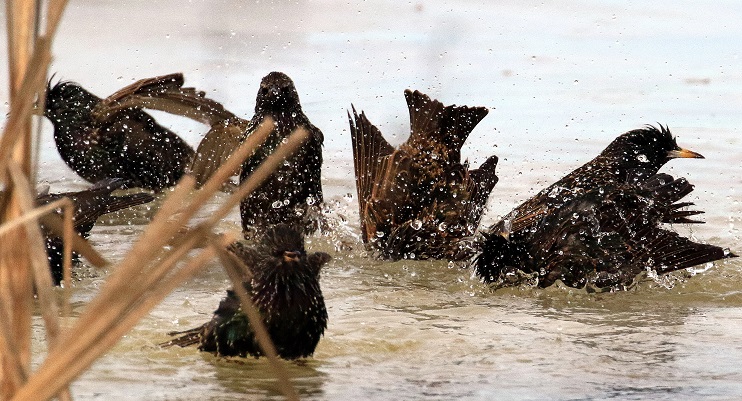 |
|
The European Starling is an invasive species, intentionally introduced to the USA in 1891 when Eugene Schieffelin released 100 of them in New York City's Central Park. He and the Acclimatization Society wanted to bring in every species of bird mentioned in Shakespeare. They have done very well since then, we now have some 200 million of them here. And every one of them likes to take a regular bath! high-res
|
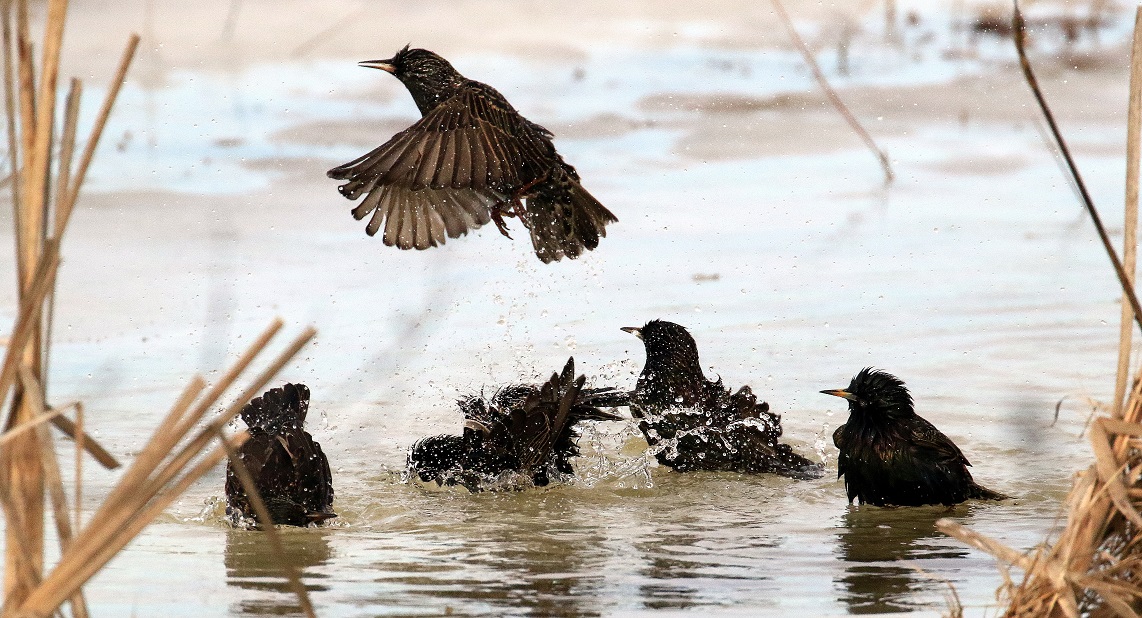 |
|
A huge flock of several hundreds had landed in a tree near this puddle and they began sticking their heads in the water and flapping furiously. high-res
|
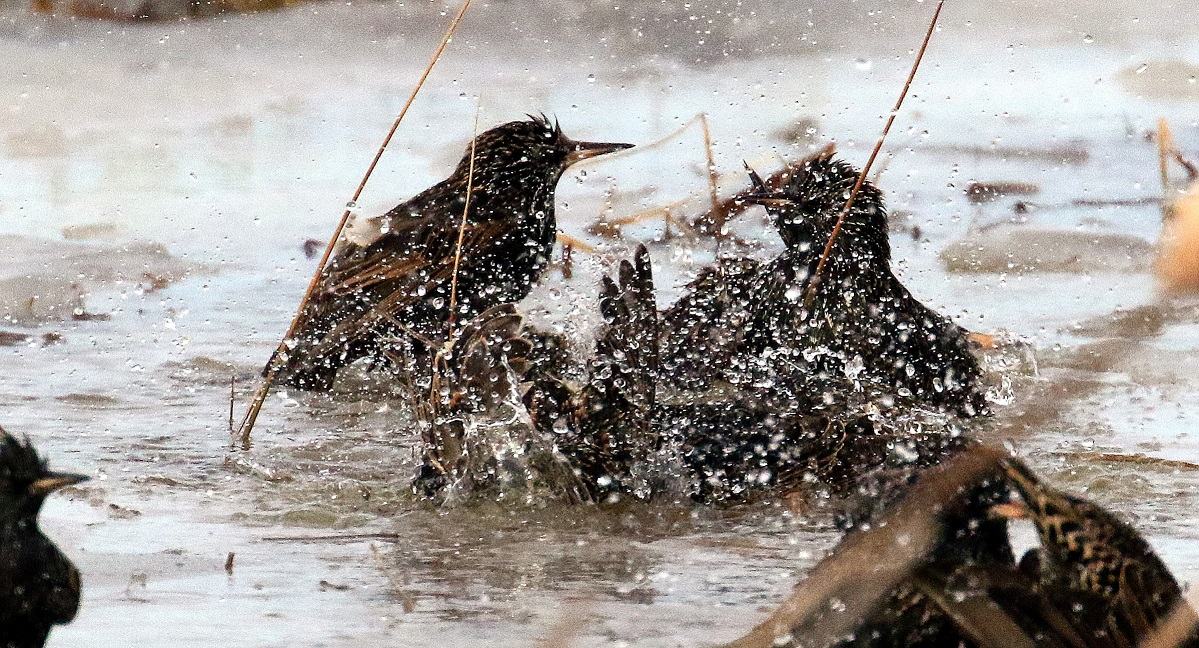 |
|
Sometimes there is so much flapping that ya can barely see the birds. high-res
|
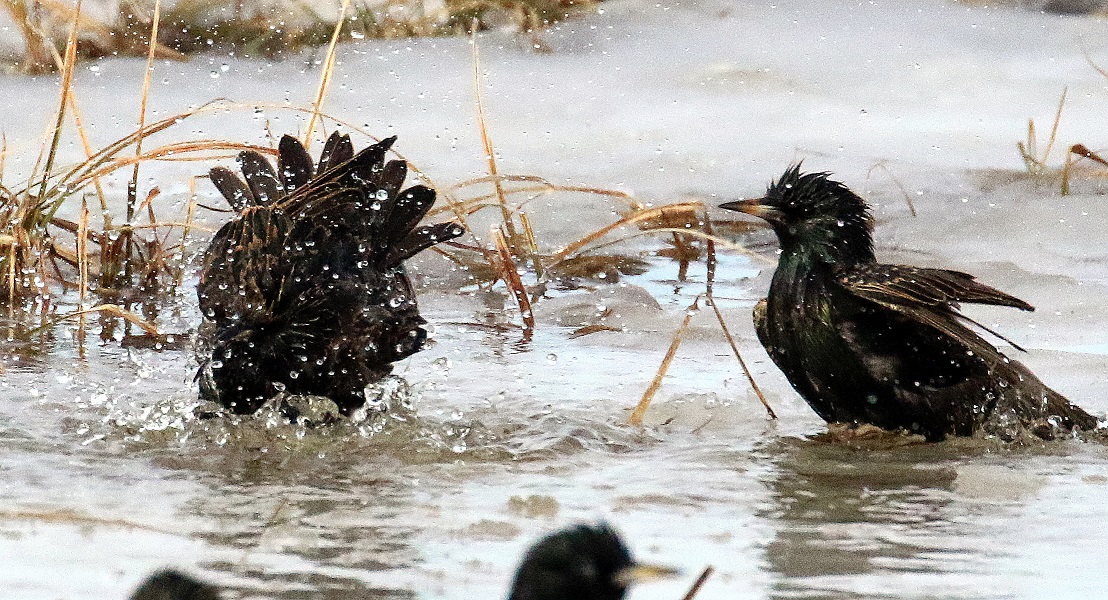 |
|
The European Starling, one of America's favorite invasive species. high-res
|
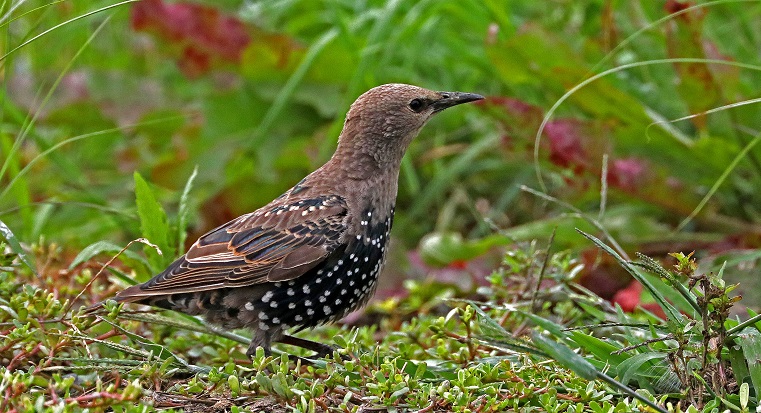 |
|
This is a juvenile European Starling, only a few months old. The adult feathers with the white dots have started growing in. high-res |
Lighthouses - Canal Corp Boats - Tugboats & Trawlers